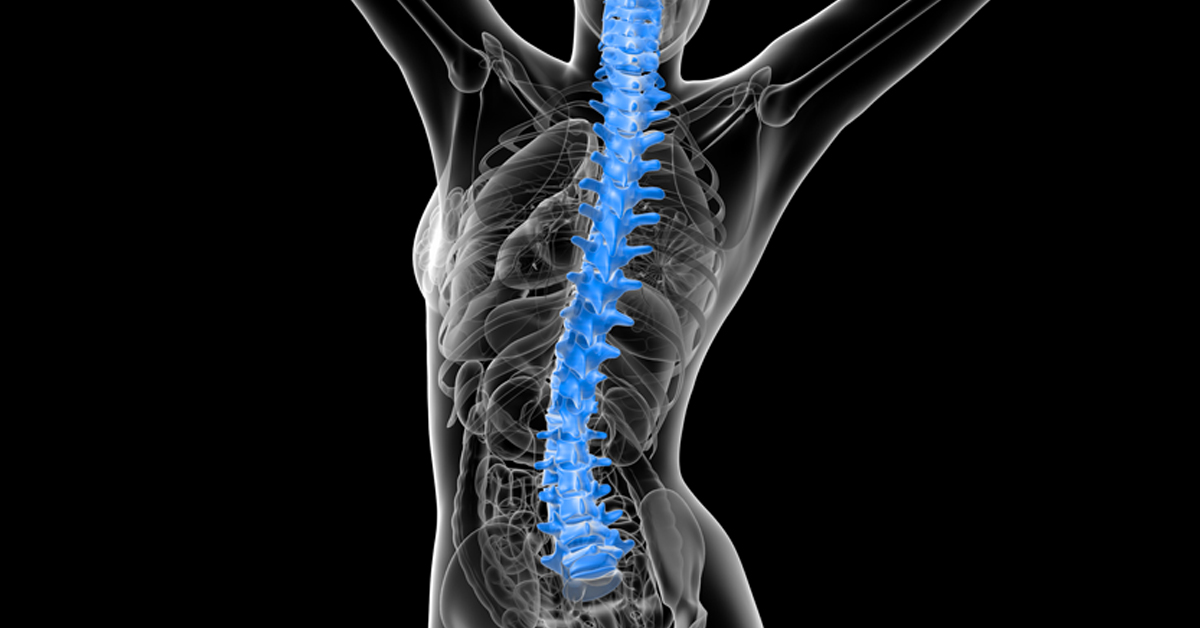Read about a procedure used to block pain signals from reaching the brain

What is a Midline Myelotomy
When we feel pain, it's due to areas of our bodies sending pain signals to our spinal cords, which then sends those signals to our brains. Midline Myelotomy is used to block pain signals from reaching the brain. This is accomplished by creating a lesion on a very carefully selected section of the spinal cord.
Who needs Midline Myelotomy?
This procedure may be recommended for patients with cancer or other serious conditions in the abdominal or pelvic region that cause chronic and severe pain. This procedure may treat that pain if medication does not provide satisfactory relief or has unacceptable side effects.
What are the steps in this procedure?
Before the Procedure
The patient should fast for 5 hours before the procedure. Local anesthesia will be given so the patient is comfortable but awake during the procedure. The patient's cooperation is important in determining the correct position of the lesion formed during the percutaneous cordotomy. Half an hour before the procedure, a contrast material is administered into the spinal cord or via lumbar puncture, if the patient's condition allows it. Measurements are then taken to determine the precise area where nerve tissue is to be removed. The patient is then placed on his or her stomach on a Computerized Tomography, or CT, table, with his or her head immobilized and spine kept straight. The CT table is used for image guidance during the procedure.
Insertion
Using the image guidance provided by the CT table, the cordotomy needle is inserted. The needle used is part of a specially designed radiofrequency system that uses specially designed needles and electrodes that can cause electrical stimulation or creation of lesions.
Stimulation
The surgeon administers slight electric stimulation using the needle-electrode system to determine the precise location to create the lesions that will serve to block pain signals. The patient is continually monitored during this process and asked how the stimulation affects him or her. This feedback is used to determine the precise location in which lesions should be created.
Lesioning
The surgeon creates several lesions by sending current through the needle-electrode system. These lesions will serve to block pain signals from reaching the brain.
After the Procedure
Because this procedure is minimally invasive, recovery time is usually not as long as it would be with a more traditional, or open, version of this procedure. After the procedure, the patient is at minimum kept overnight for observation. Morphine-type painkillers are often decreased, but the gradual reduction will be supervised by your doctor.




